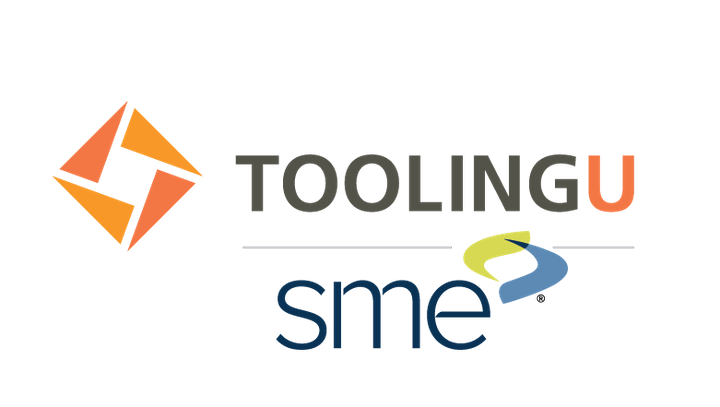The class Surface Texture and Inspection provides information on surface finish and methods involved for its inspection. The surface finish achieved by a machining process determines how well a surface performs its given function. Surface inspection compares the specified nominal surface and real surface to find the measured surface. Measurement can be completed by comparison, direct measurement with a stylus-type instrument, or noncontact methods. A real surface contains irregularities (flaws, roughness, waviness, and lay) that make up its surface texture. Roughness is the most common irregularity used to inspect surfaces. The desired finish of a surface changes how precisely a part must be machined. Inspecting for surface roughness reduces the cost of surface finish by allowing companies to produce parts to customer specifications. After the class, users should be able to describe commonly used methods for tolerancing a part's surface roughness in a production environment.
Course ID
140110
Skill Focus
Intermediate
Instructor(s)
Tooling U - SME
Employee Type
Method of Delivery
Online
Estimated Effort
60
Cost
Contact For Pricing
 Tooling U - SME
Tooling U - SME